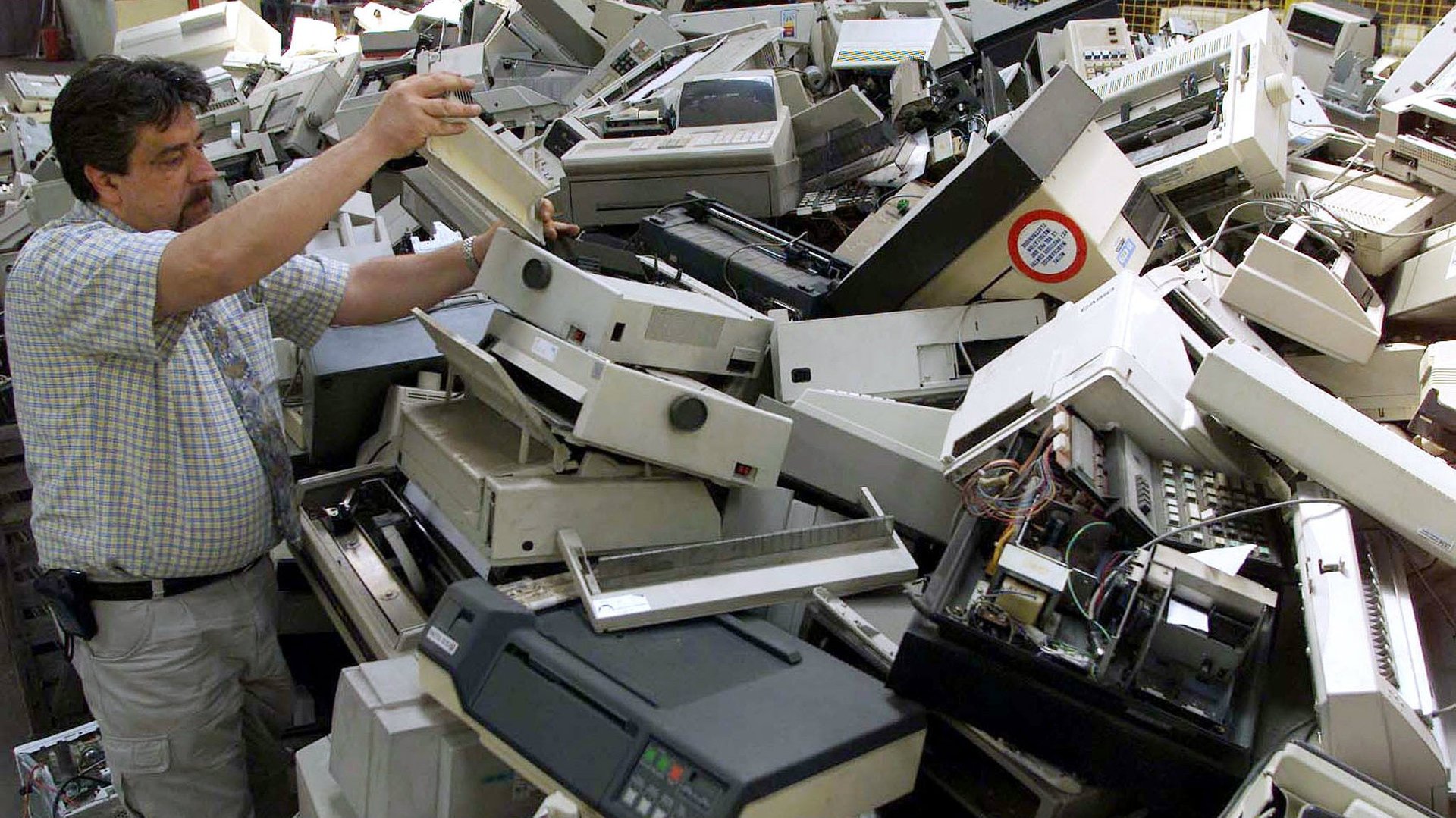A bank replaced a fax machine with blockchain. Was it worth it?
Few things are hotter in the financial services industry right now than blockchain. The technology is being tested in a variety of ways, going up against decades-old technology that’s ripe for replacement. But now that there are live blockchain-based systems in place, advocates need to prove that they’re better than the alternatives.


Few things are hotter in the financial services industry right now than blockchain. The technology is being tested in a variety of ways, going up against decades-old technology that’s ripe for replacement. But now that there are live blockchain-based systems in place, advocates need to prove that they’re better than the alternatives.
Take Daimler, the maker of Mercedes-Benz cars, which borrowed €100 million ($114 million) via German bank LBBW using blockchain technology. The old way of taking out such a loan required drawing up contracts, communicating with investors, making payments, and extensive administration. The old way also apparently involved a fax machine for confirmations.
In short, traditional loan contracts are managed in analog format, whereas “smart” contracts that rely on blockchain automate the loan’s order book, the creation of agreements, and checks to ensure payments have been received. With a blockchain-based loan, all parties involved have instant access to an identical, distributed record—that is, a private blockchain—with all the relevant details.
A spokesman for Daimler said that while the company is taking a serious look at blockchain, it’s not excluding other systems as it explores new ways of doing things. Not every modernization drive needs to feature blockchain, even if these days it sometimes seems that way.
There’s hype about blockchain because there is undoubtedly promise in it. The technology backs bitcoin, and provides a cryptographically secure way of storing and transferring value. It’s also designed to eliminate the need for a single central authority, like a bank. Financial firms are looking to distributed ledgers to manage contracts more efficiently and otherwise streamline their operations.
Relatively mundane things like corporate lending and settlement suddenly become exciting if you think blockchain will completely upend the traditional way of doing things. As a result, many firms are developing blockchain projects or are hedging their bets by joining industry groups that are investigating the effects that the technology will have on their businesses. Santander InnoVentures thinks blockchain could reduce banking costs by as much as $20 billion annually by 2022.
What blockchain does better than any other system is eliminate the need for trust between counterparties. This could overhaul systems that are complex and at high risk of crime, like trade finance. But for other uses, the technology could become an over-engineered database—there are already signs that bitcoin is hitting its usage limit and ethereum, a more advanced digital network and currency, has faced bottlenecks.
Peter Randall, a former stock exchange CEO who now runs a blockchain company called SETL.io, notes that stock exchanges are already very efficient—New York Stock Exchange platforms, for instance, commonly process millions of trades a day. In the world of credit cards, Visa says it can handle 56,000 transaction messages per second.
The excitement around blockchain may well mirror the dot-com bubble of the late 1990s and early 2000s, when lots of companies went bust, but a few gems emerged: Some 90% of so-called distributed-ledger projects will probably fail, but a few will survive with potential to change the financial world, says Ajit Tripathi, a director at PwC.
Brad Garlinghouse, CEO of Ripple, says there is bona fide blockchain adoption in his company’s field of cross-border payments. However, he notes that there are instances in which a traditional database works better than distributed ledger, and says blockchain hype has at times made his job harder than it needs to be.